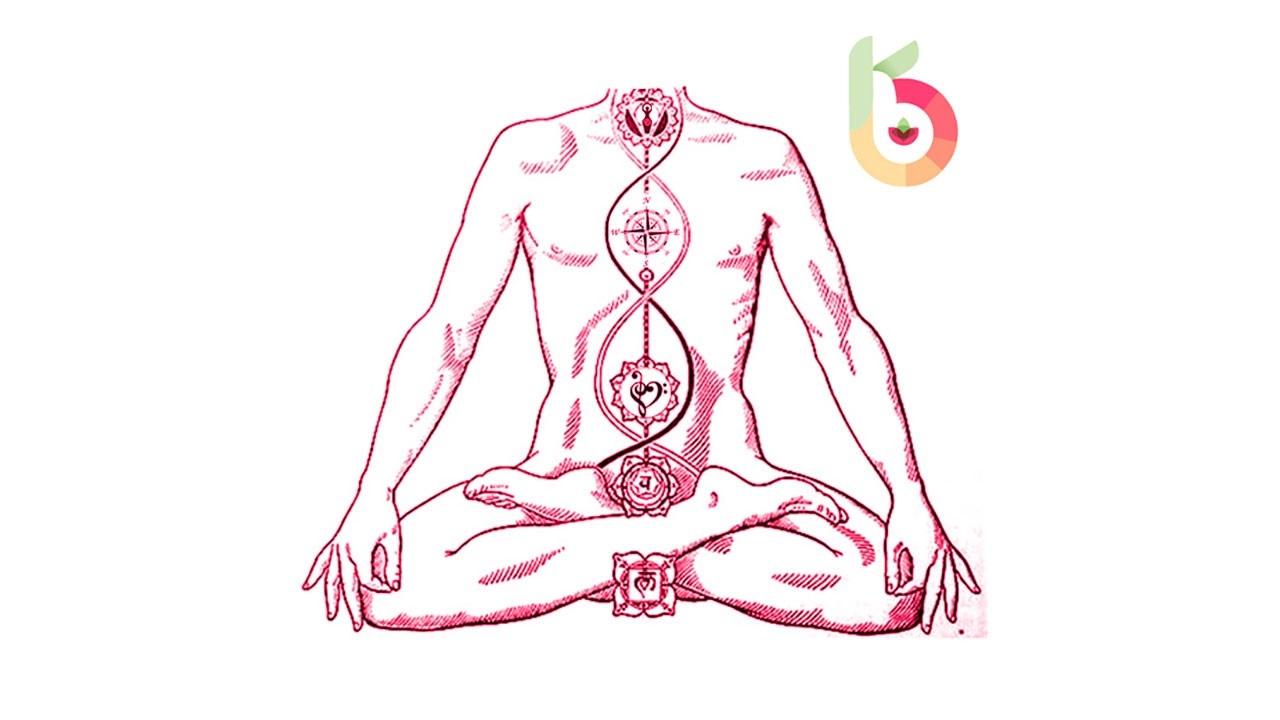Kundalini Yoga: Ancient Technology for Modern Stress

My friend Sarah, instructor and visionary behind Happy Healthy Child brought me to the second Kundalini yoga class of my life, recently. I’ve been doing yoga for 20 years, and have struggled with “non-judgment” when I have found myself in a class that was non-sweat-inducing. I never understood prenatal yoga, restorative, or even Hatha. It all seemed like an unproductive waste of time. The beauty of yoga is in the 3-fer of stretch, cardio, and mind-body connectivity, isn’t it?
When I went to Kundalini yoga for the first time, I found it to be incredibly bizarre, complete with chanting, singing 70s style songs, and repetitive movements that really felt like all pain, no gain. I didn’t get it.
But, now, I’m ready.
I can appreciate, that with the 10s of thousands of hours I have spent deep in the realm of biomedical research and primary source literature, that we just don’t know most of what we think we know. We are stumbling along on a path paved with serendipitous discoveries, short-sighted impulses, and gross assumptions. Nature must smirk at our hubris.
At this point, in my barreling 800 miles per hour toward the science, toward a life brimming over with productivity, commitments, and interests, it is time for me to pause and to bear witness to the fact that what I may be looking for, is inside.
I’m looking for my own truth – that inner compass. I’m looking for a wisdom that has been cultivated over generations, even millennia. I’m looking to feel connected to the wholeness within. To feel driven by something other than my brain.
Sound cheesy? Sound like rhetoric for hippies?
I get that – I felt the same way. I don’t have time for meditation. I bring 4 books (never fiction) on every vacation. I’ve found ways to make downtime productive. Trust me when I tell you that there may be something in this post for you.
I’ve written about how meditation can do things that supplements, food, exercise, and certainly drugs, can never do, and it can do it quickly. Sometimes in as short as one 20 minute session.
Kundalini takes this premise to another level. It is referred to as a technology to harness your shakti or innate primal energy. Sounds good, huh? It holds the promise for enlightenment and even bliss and it accomplishes these transformative leaps through 1-15 minute kriyas or meditation exercises that use breath and movement. These are achievements that would otherwise take years and years of psychotherapy and personal work, often actualized in the space of one practice.
What appeals to my more pragmatic sensibilities is that Kundalini yoga is goal oriented. Each kriya is for a purpose, and has been handed down from ancient people, crafted for outcomes in real time. The mantras are for the purpose of cultivating vibrational effects in the brain and nervous system. The breath is for accessing the nervous system in ways that we otherwise cannot. It is the art of playing your body like an instrument. It can be harder than it looks, and what’s hard for me may not be for you. You can expect the unexpected.
So many of my patients suffer from a feeling of purposelessness, a lack of vitalism, and an absence of connectedness to their own energetic reserves. Those reserves that are summoned when you are so tired, all you can think about is your pillow, and then you find out you just won the lottery, and you’re bouncing off the walls. That energy was in there, waiting, the whole time.
Because I can’t help but anchor my interests in data, I was pleased to find a small but compelling literature on Kundalini including a recent article that compared measures of heart rate variability in two different types of meditation. The authors describe the importance of this measure (HRV), stating:
The human heartbeat is one of the important examples of complex physiologic fluctuations. The neural control of the cardiovascular system exhibits the complex nonlinear behavior. One form of nonlinear behavior is the continual interaction between the sympathetic and parasympathetic nervous activities to control the spontaneous beat to beat dynamics of heart rate.
Using a technique called bispectral analysis, they analyzed changes to heart rate dynamics in two types of meditation and found that, while different, both shifted “phase coupled harmonics” to higher frequencies.
This study complements an fMRI study that demonstrated activation to the hippocampus during this technique, and elaborates upon the application of Kundalini yoga and meditation for psychiatric symptoms, as evidenced by a randomized controlled trial for OCD that outshines most if not all industry-funded pharmaceutical trials I have seen. A wonderful paper entitled: An introduction to Kundalini yoga meditation techniques that are specific for the treatment of psychiatric disorders describes specific techniques for indications ranging from anxiety to addiction. Here is one that he recommends for fighting brain fatigue:
Part 1. Sit with a straight spine with your elbows bent and your upper arms near your rib cage. Your forearms point straight out in front of your body, parallel to the floor. The right palm faces downward and the left palm faces upward. Breathing through your nose, inhale and exhale in eight equal parts. On each part or stroke of the breath, alternately move your hands up and down. One hand moves up as the other hand moves down. The movement of the hands is slight, approximately 6–8 inches, as if you are bouncing a ball. Breathe powerfully. Continue for 3 minutes and then change the hand position so that the left palm faces downward and the right palm faces upward. Continue for another 3 minutes and then change the hand position again so that the right palm faces downward and the left palm faces up for the last 3 minutes (total time here is 9 minutes).
Part 2. Begin slow and deep breathing (again only through the nose) stopping the movement and holding the position. Close your eyes and focus on the center of the your chin. Keep your body perfectly still so it can heal itself. Keep your mind quiet, stilling your thoughts. Time for this is 5.5 minutes. To finish, inhale deeply, hold your breath, make your hands into fists and press them firmly against your chest for 15 seconds; exhale. Inhale deeply again and hold your breath, this time pressing both fists against your navel point for 15 seconds; exhale. Inhale again and hold your breath and bend your elbows, bringing your fists near your shoulders and press your arms firmly against your rib cage for 15 seconds and exhale. Now relax. This exercise balances the diaphragm and fights brain fatigue. It renews the blood supply to the brain and moves the serum in the spine. It also benefits the liver, navel point, spleen, and lymphatic system.
Here is a video of the technique (because Youtube never fails!)
One of my favorite exercises accesses the polarity of our nervous system with left nostril breathing for calming and right nostril breathing for energizing. These simple exercises, even done for one minute, can adjust your experience. Here are some basic instructions and some further introductory information from the Kundalini Research Institute and my local studio.
If optimizing your consciousness sounds appealing to you, go ahead, give Kundalini yoga a whirl. It may be the most productive decision you’ve ever made!
Interested in step-by-step support to help you optimize your health?
Vital Life Project is a community for like-minded wellness seekers in search of a better way to live with vitality in a world that can make it challenging to move toward this goal. This monthly membership provides guidance and accountability to help you make small changes in mindset and daily routine that can lead to radical shifts in health reclamation. Click below to learn more.
Want to continue reading?
Enter your details below to read more and receive updates via email.










